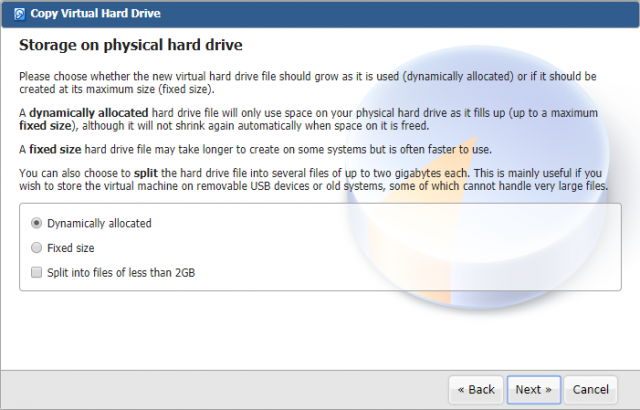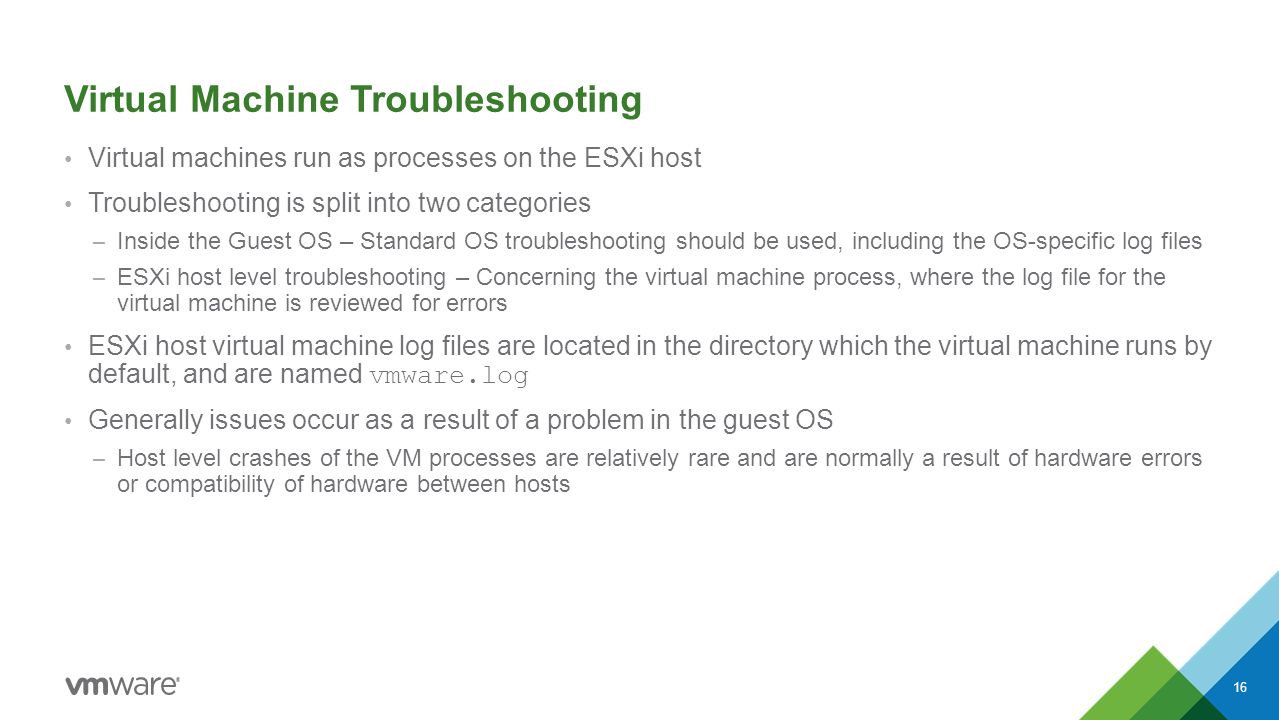
Part 5: HOW TO: Enable SSH Remote Access on a VMware vSphere Hypervisor 5.1 (ESXi 5.1) See my previous Experts Exchange articles Login and connect to the VMware vSphere Host ESXi server which hosts the virtual machine. Reducing the size of the VMware Virtual Machine Disk (VMDK) So in effect the “cut” will be made in the unallocated storage space, after the OS partition. Providing that we DO NOT affect the existing partitions, this is a safe operation. OS Partition size after Shrink Operation.Īs can be clearly seen in the above screenshot, there is now an unallocated 19.5GB space on the virtual disk, in Step 2 the VMware virtual machine disk (VMDK) will be “chopped”, removing this unallocated storage space, and finally reducing the virtual machine disk (VMDK) to 20GB. The Disk Management utility scans the available file system, and reports a maximum size the OS partition can be reduce by, this is based on current file system usage.Įnter the figure 19.5 (GB) x 1024 = 19968 In this example the VMware virtual machine disk (VMDK) is 40GB, and we would like to reduce the size of the VMware virtual machine disk (VMDK) to 20GB. The above dialogue will briefly appear whilst the file system is queried.

Right Click the Volume/Partition to shrink, and select Shrink. Select Disk Management, and select the partition you need to shrink. Right Click My Computer and Select Manage Press Control-Alt-Delete to login to the virtual machine. Using an RDP (Remote Desktop Protocol) connection or connect via the Console, using the vSphere Client, login to the virtual machine as an Administrator. With a sparse virtual disk, you use one file handle per slice, which can quickly add up if you’ve got a large virtual disk with a lot of snapshots.HOW TO: Resize a VMware (VMDK) Virtual Disk With a monolithic virtual disk, you use only one file handle per virtual disk. Remember that you’re using a lot more files than just the documents you’re working on – programs need to open files to read resources, for temporary use, and lots of other not immediately obvious things.

If the OS runs out of file handles, no more files can be opened. OSes need to keep track of which files are being used, and has a limited number of file handles to do this with. In addition to more obvious limited computing resources such as CPU or disk space, one of the not as well known ones is something called file handles. On the other hand, monolithic disks have some advantages too. On the other hand, with a split virtual disk, you only need 2 GB (or less, if you have a sparse slice that’s smaller) since each slice can be done individually.
#SPLIT VMDK INTO MULTIPLE FILES ESXI FREE#
Because of this, if you use a monolithic disk, you might need as much free space as the virtual disk occupies to complete such an operation. We try hard not to lose data, so rather than doing these operations in place (where something could go wrong if the power fails), we make a copy and only replace it when we’re sure it succeeded. Another advantage of split disks is that you don’t need as much space to consolidate snapshots or shrink virtual disks. By splitting virtual disks to be below this limit (typically 4 GB), you can keep a virtual machine on such a filesystem without losing data. So why choose one over the other? Split disks are critical in some cases – for example, some filesystems (such as FAT) can’t deal with files larger than a certain size. Preallocated/split virtual disks have a -f# suffix (where # is a number), while sparse/split virtual disks use a -s# suffix. If you have a sparse/split virtual disk, each slice can be up to 2 GB, depending on how much data falls into that slice. If you have a preallocated/split virtual disk, each slice (except possibly the last) will be 2 GB. There’s a small, plaintext metadata file, and a number of slice files. In contrast, a split virtual disk is, well, split into multiple files. The previous posts about sparse and preallocated virtual disks showed monolithic disks.

Note: You might still have multiple vmdk files in a virtual machine (either because you have multiple disks or because you have snapshots). In a monolithic virtual disk, everything in a virtual disk is kept in one file – this includes metadata about the virtual disk (e.g. preallocated affects how the data inside the guest is stored in the. You can have a sparse/split virtual disk (the default in Fusion 2.0), a sparse/monolithic virtual disk (the default in Fusion 1.x), a preallocated/split virtual disk, or a preallocated/monolithic virtual disk. In addition to the sparse and preallocated virtual disks, there’s another, orthogonal set of options: split and monolithic.


 0 kommentar(er)
0 kommentar(er)
